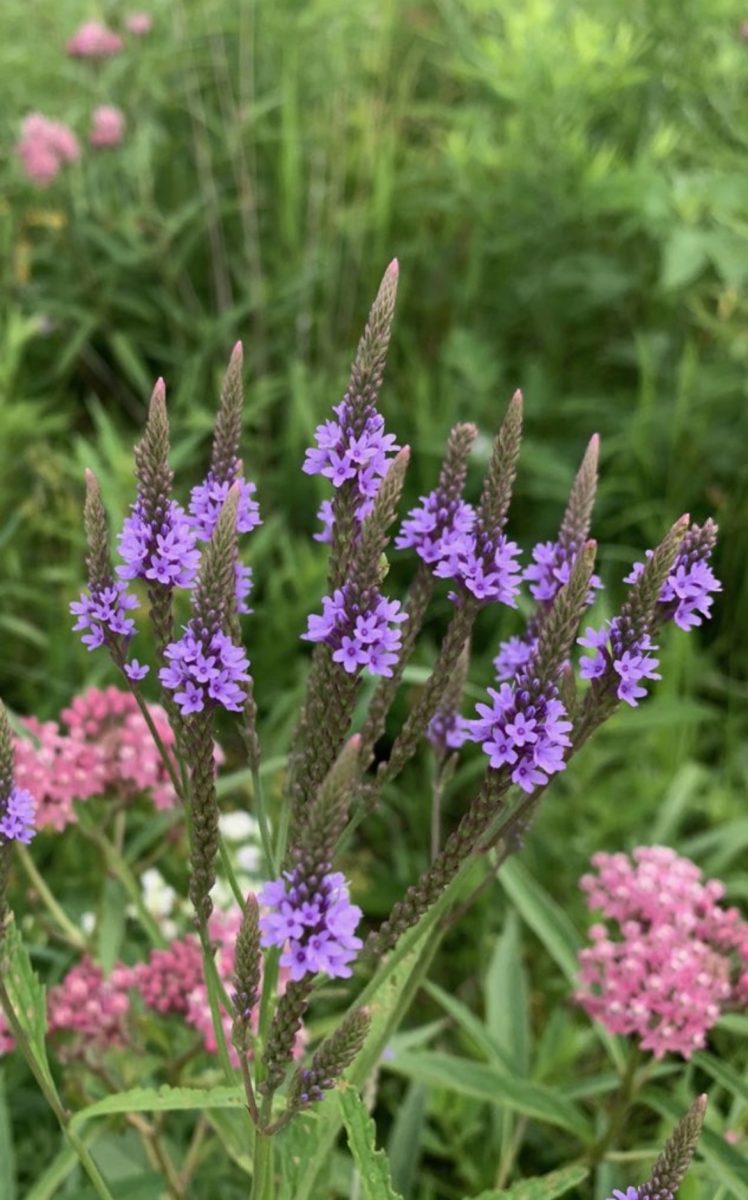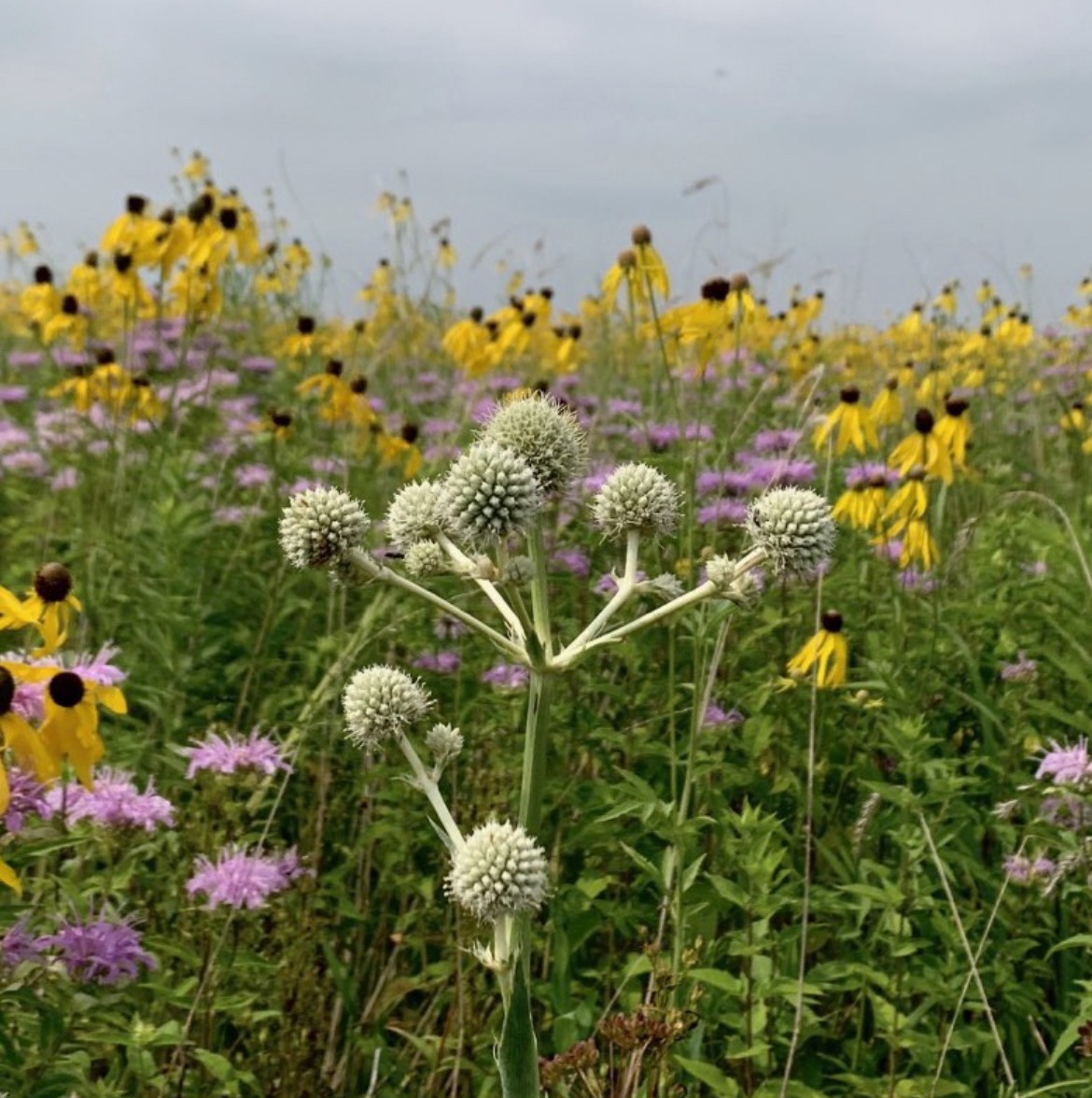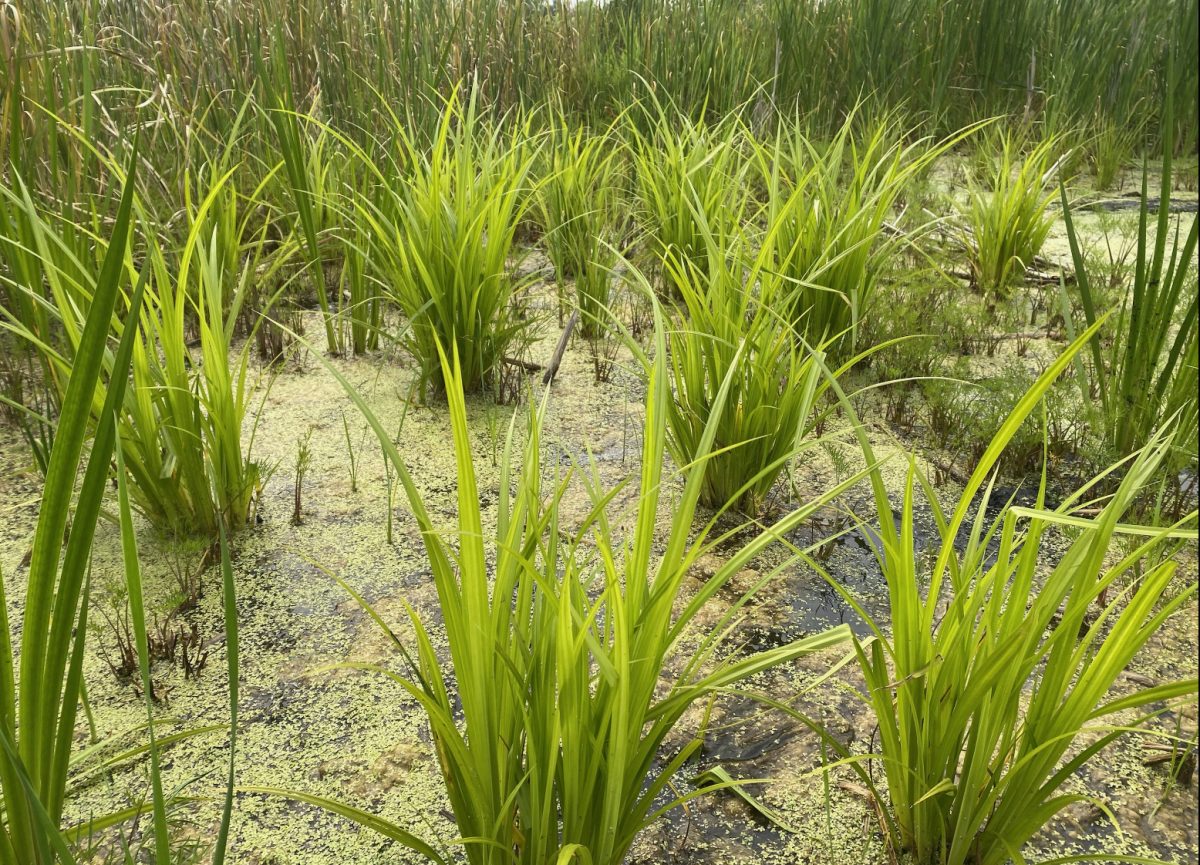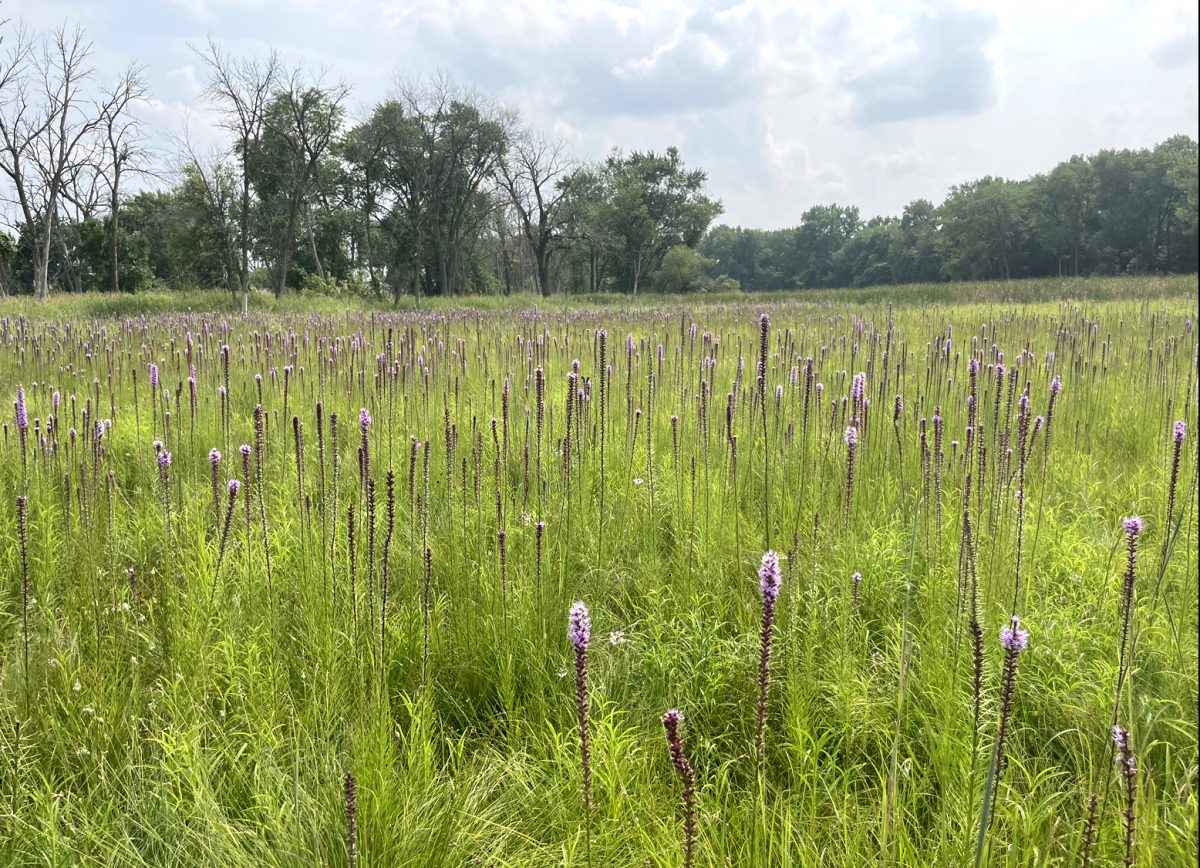Lockport Prairie and Prairie Bluff Ecosystem Restoration




PROJECT SNAPSHOT
Project Type
Non-Bank ProjectLocation
Illinois | LockportSolution
Natural Resource RestorationEcological Setting
PrairieLockport Prairie Nature Preserve (Lockport, IL) and Prairie Bluff Nature Preserve (Crest Hill, IL) contain a rare ecosystem, a wet-mesic dolomite prairie. This habitat is critical to the survival of the federally endangered Hine’s Emerald Dragonfly (HED). When our team arrived on site, areas of invasive species were causing disruptions in groundwater and the functionality of aquatic ecosystems. The floristic quality of the prairie had been in steady decline for years, which impacted HED habitat.
RES, the US Army Corps of Engineers (USACE), and Will County Forest Preserve District (WCFPD) took a collaborative approach to planning the installation. We worked together to determine the appropriate ratio and diversity of seed, plugs, and trees at each site to ensure a successful project.
Our team controlled invasive species through selective tree/shrub removal, hand pulling, prescribed burning, mowing, and herbicide applications. Due to the site’s sensitivity and potential impact on the HED, no mechanical equipment was used at Lockport Prairie. In addition to completing the majority of the work by hand, 35 acres of cattails were treated via a wicking application. We used this technique to prevent damage to the native herbaceous understory and avoid contamination of the water that flows through the HED habitat.
We collected seed at Lockport Prairie, which we grew into plugs and then installed on-site to preserve the local genetics in areas that did not regenerate with native cover. To promote the connectivity of Lockport Prairie and Prairie Bluff, we disabled agricultural drain tiles throughout the site to restore the natural hydrology. The hydrology restoration will promote infiltration, which will discharge at the base of the bluff at Lockport Prairie.
This project, completed in 2024, provides unique recreational opportunities for the residents of Will County.
